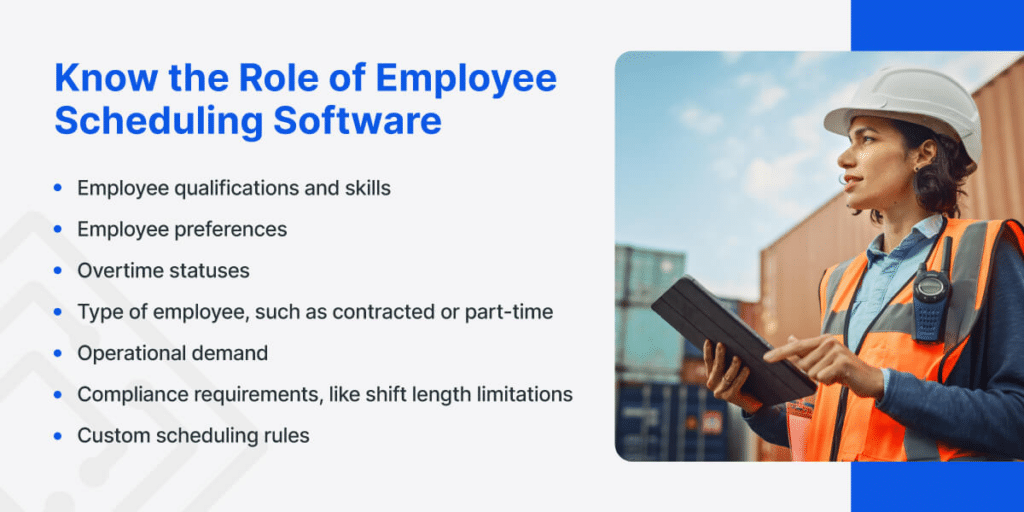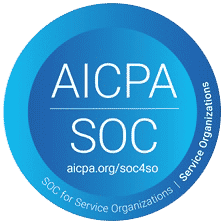In an era of rapid technological advancements, especially now in 2025, we’re shifting workforce dynamics, and businesses are continually adapting to new trends in workforce transformation and automation. However, not all workforce transformation initiatives deliver lasting value—some are great effective strategies, and some prove to be passing fads. So, how can organizations differentiate between what works and what doesn’t?
The key lies in focusing on workforce strategies that enhance productivity, engagement, and operational efficiency rather than simply following the latest buzzwords. While innovation is essential, businesses must critically assess whether a trend aligns with their long-term goals or if it’s merely a short-term gimmick that adds little value. By prioritizing data-driven decision-making and employee-centric approaches, organizations can avoid costly missteps and build a resilient, future-ready workforce.
Proven Workforce Transformation Strategies
Workforce transformation isn’t just about adopting new technologies or following industry trends—it’s about implementing sustainable strategies that drive efficiency, engagement, and long-term growth. The benefits of workforce transformation extend beyond operational improvements; they create a more adaptable, resilient workforce prepared to meet evolving business demands. By prioritizing data-driven decision-making, flexibility, continuous learning, and automation, organizations can ensure that their transformation efforts deliver real, lasting value.

1. Data-Driven Decision-Making
Companies leveraging workforce analytics gain insights into productivity patterns, employee engagement, and operational efficiency. Data-driven strategies help businesses optimize talent management, forecast workforce needs, and make informed decisions that generally drive workforce transformation and long-term success.
2. Flexible Work Models
Hybrid or remote work is the now and the future. This is becoming more in-demand by laborers that are not reliant on being at a specific location. Flexible work arrangements have moved beyond trends to become integral components of modern workforce structures. Organizations that embrace flexibility enhance employee satisfaction, reduce turnover, and attract top talent.
3. Continuous Learning & Upskilling
Investing in employee development is a transformation strategy that delivers sustained benefits. Best to hire from within – i.e. ensure your employees have a future to look forward to. Upskilling programs, mentorship opportunities, and certifications help businesses future-proof their workforce and stay ahead of industry changes.
4. AI & Automation Integration
Automation tools and artificial intelligence are redefining workforce efficiency. Companies implementing AI-driven workforce management solutions experience improved scheduling accuracy, reduced administrative burdens, and streamlined operations.
Workforce Transformation Fads That Don’t Deliver Long-Term Value
Rigid scheduling models that overlook employee needs contribute to burnout and disengagement. While some companies claim to embrace flexibility, they often implement half-measures that don’t genuinely empower workers. True flexibility requires strategic workforce transformation and management solutions that balance operational demands with employee preferences, ensuring both productivity and job satisfaction.
1. Trend-Driven Perks Over Real Benefits
Lavish office spaces, game rooms, and trendy perks may attract talent initially but do little to retain employees if fundamental workplace issues—such as career growth and fair compensation—are not addressed. “We work hard, we play hard” is now a cliche that doesn’t captivate good talent.
2. One-Size-Fits-All Workforce Strategies
While standardized policies may seem efficient, a rigid approach to workforce management often falls short. Businesses that fail to consider individual team dynamics, industry-specific needs, and employee preferences risk a decreased engagement from employees and productivity trends downward. Tailoring workforce strategies to fit diverse operational models is key to long-term success.
3. Excessive Employee Monitoring
Some companies implement invasive monitoring tools under the guise of workforce optimization. However, excessive surveillance can erode trust and negatively impact employee morale and engagement. Employees need a certain amount of autonomy and trust.
4. Buzzword-Driven Initiatives Without Strategy
Trendy buzzwords like “hyper-agility” and “digital-first workforce” can sound impressive but lack substance if they are not backed by concrete implementation plans and measurable outcomes. Avoid buzzwords for the sake of using them.

Striking the Right Balance
Workforce transformation is about embracing meaningful change while avoiding distractions from short-lived fads. Companies that focus on data-driven strategies, employee empowerment, and technological advancements will create sustainable workforce models that drive success for years to come. Effective strategies and passing trends, organizations will ensure that their workforce transformation efforts yield tangible and long-lasting results.
Indeavor provides workforce management solutions that help organizations implement sustainable, data-driven strategies rather than chasing fleeting trends. With advanced scheduling, compliance automation, and real-time labor optimization, our platform empowers businesses to balance operational efficiency with employee needs. Don’t let workforce transformation become another passing fad—schedule a demo today to see how Indeavor can drive lasting success.







